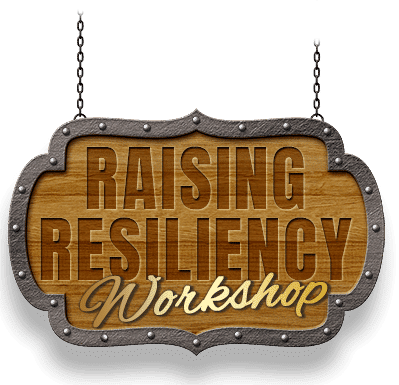
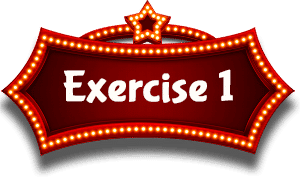
Video: 3 min / Exercise: 10 min
Click play to preview the keynote associated with these review exercises! The full Live/Remote keynote is 50 mins. There is also a 4K On-Demand version. Each format compliments the others and can be used with the exercises below.
Understanding Resiliency
It helps to distinguish between strength and resiliency. While strength is a worthy attribute, resiliency is far less common and far more useful in life. There comes a time when we all run out of strength, patience or optimism. When this happens, we feel like we don't want to go on, or like we can't go on. That's when resiliency is needed.
Resiliency triggers the most imdomitable version of ourselves, allowing us to go on in spite of overwhelming pain, weakness, doubts or pessimism. This is very imortant, beause the difficult times very often reveal the most powerful and positive moments of in lives. View the video for an example...
After watching the video...
At the moment of her fall, Heather was in a group of very fast runners. Her fall then gave those same fast runners a huge lead; yet Heather was somehow able to catch them in under 30 seconds. This outcome seems improbable, if not impossible.
Strangely, life is full of 'against-all-odds' victories like this. It seems clear that the most challenging times, have a habit of revealing the most powerful version of ourselves. Do you think Heather could have run that fast if she hadn't of fallen? How did the fall affect her?
Read the first info-box. Watch the video. Answer the two questions in the second info-box.
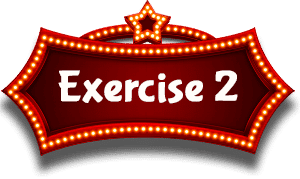
Video: 4 min / Exercise: 20 min
How we deal with hardship...
For most of us, it is instincitve to seek comfort over hardship. We prefer not to endure mental or physical adversity. Naturally, these instincts could cause us to avoid discomfort, or maybe to fear hardship. What could happen to our future if we allowed ourselves to routinely avoid hardship, fear or discomfort in our lives?
People who lack resiliency can become desperate once hardship hits. They may look for quick and easy solutions, in an effort to escape the tough times or numb the negative feelings. Can you think of some options that would be unhealthy, or unsuccessful, in the long-run?
After watching the video...
When our strength, hope, tolerance or optimism starts to run low, we naturally look for relief. One way to seek relief might be to avoid the challenge that is causing the discomfort. Another unhealthy way might be to numb the unpleasantness, or blur the experience with drugs.
A third option is to confront the challenge; to look beyond it, over it, or through it, and see a more powerful version of yourself on the other side. It's true that life's greatest treasures are usually hidden behind some difficult task or time in your life.
Can you think of a time in your life when you had no choice but to overcome a doubt, fear or hardship? What did you learn about yourself?
Read the first info-box. Answer the two questions in that box. Watch the video. Then read the second info-box and answer those two questions.
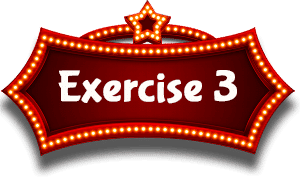
Video: 4 min / Exercise: 15 min
What's in your backpack?
One way to view the stresses, doubts, worries and difficulties of your life is to envision them as weight in your backpack. You carry that backpack with you wherever you go, and it effects everyhing you do.
Resilient people are clearly capable of carrying much more emotional "weight" with ease. They are less burdened by it and less affected by it. But this may have less to do with "strength" than it does "technique". They pack their emotional backpack differently than others; and it's worth learning how they do it. Their techniques may not come natural to you at first, but experts agree that these life-skills can be learned.
View the video for more on this topic.
After watching the video...
The video discusses a simple way of managing some of the emotional "weight" impacting your day or moment. It involves making a quick written list of what's troubling you at any given time. You then process each item on your list and physically cross off every one that doesn't have to be dealt with right now.
Normally, we make "to-do" lists to ensure that we don't forget about the essential tasks in our day. But in this case, we are reversing that. We're giving ourselves permission to temporarily forget the unecessary toxic thoughts weighing us down. This takes the weight off, and allows us to focus on success.
Exercise: Make a private list of all the things that might be weighing you down. Slowly cross off each item that you don't need to worry about right now. Forget about it. Did you notice a difference in how you felt?
Read the first info-box. Watch the video. Answer the two questions in the second info-box.
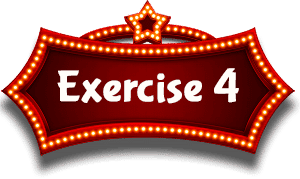
Research: 10 min / Reflection Question: 10 min
Why is Resiliency Imortant in Your Life?
Resiliency is an attribute that has been studied and correlated to many different measurements of success. In fact, resiliency is a better predictor of success than is talent! Resiliency predicts college graduation rates, for example, more reliably than does GPA or SAT scores. It has also been found to predict athletic success, business success and to predict the stability of marital relationships more accurately than traditional methods. Most importantly, people who are highly-resilient consistently express higher levels of confidence, mental health, happiness and life-satisfaction.
Can resiliency be measured?
Yes! Experts have developed resiliency measurement tools that can effectively evaluate an individual's disposition. These surveys have been found to reliably predict a person's response to stress, and to represent how effective they are at managing their difficult times in healthy ways. Try the resiliency scale that's referenced on the right of this box.
And remember! Experts agree that resiliency is absolutely a learned attribute. It can be practiced and developed like any skill.
Read both info-boxes. Read the "Independent Research" block. Complete the "Grit Scale" and reflection question below.
Independent Research
Angela Duckworth, Phd is a Harvard educated psychologist who has studied resiliency for decades. She has consulted with the NBA, the NFL and numerous Fortune 500 companies. She is responsible for pioneering research on resiliency, and for helping millions of kids and adults understand more about resiliency in their own lives. She has authored numerous books on the subject and has created an online "Grit Scale" to help people like us quickly evaluate the strength of our own resilient attributes.
After reading the info-boxes on the right, click here and take the anonymous resiliency measurement tool that Dr. Duckworth has provided us. The results are for you only.
After getting your results, describe some ways in which you might try to improve your resiliency score.
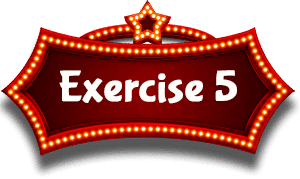
Video: 4 min / Exercise: 15 min
The Power of Perspective
Have you noticed that famous paintings, people and places look very different from different angles? This is called perspective. Photographers and movie producers believe that small changes in perspective can either make or break a shot.
The same is true for resiliency. A very small change in perspective may make a huge difference in the way you view your struggles.
Research shows that people with resiliency view themselves, and their challenges, much differently than do those without resiliency. This video offers some insight into how one simple change in perspective may make a world of difference.
After watching the video...
How you view yourself in relation to your challenges is more important than the challenges themselves. With the right perspective, even your injuries and failures make you stronger. They prepare you for future successes and help you maintain happiness when times are tough. Building resiliency doesn't mean that you have to start over, it means you just have to see your past differently.
Can you think of a time in your life when a difficult struggle, loss, or failure prepared you for a later success?
Read the first info-box. Watch the video. Answer the question in the second info-box.
BULLY PREVENTION
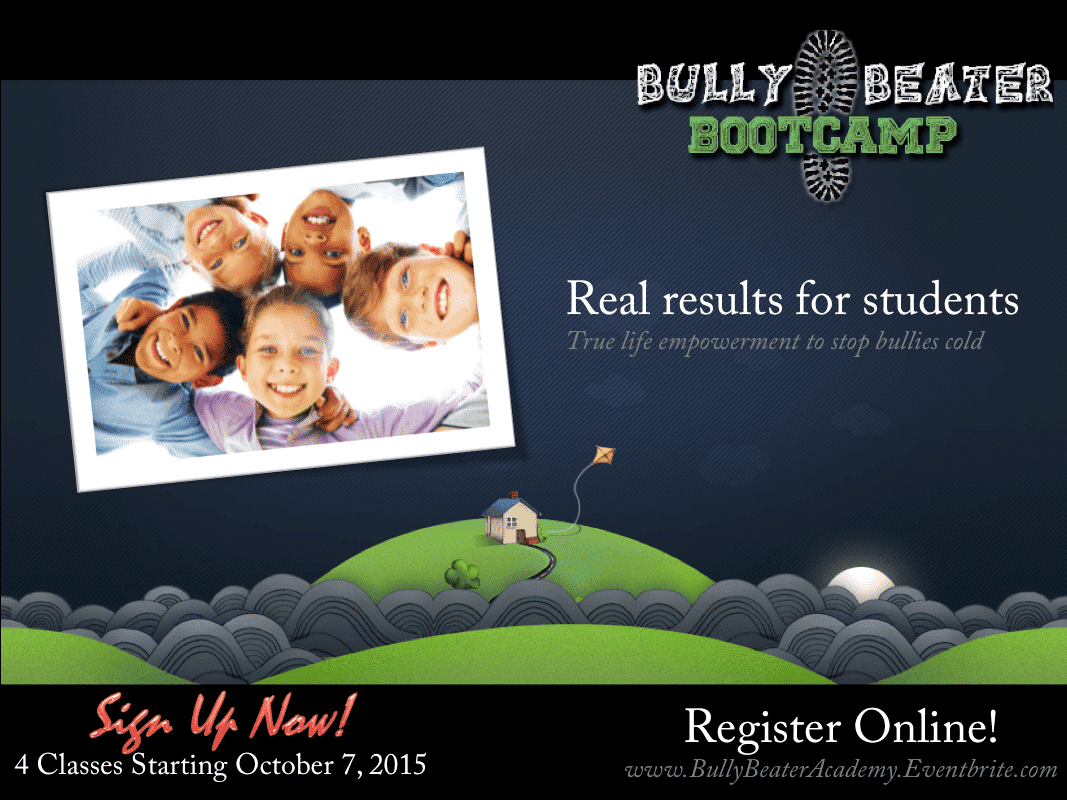
Formats: Live / On-Demand
Ages: 10 - Adult
Additional Parent Program: YES
Description
This fully scripted program comes complete with five weekly exercises, videos, lesson plans, team building activities and educational elements designed to help parents protect their children from bullying.
Help your parent's stop bullying where it hurts most; their own kids.

